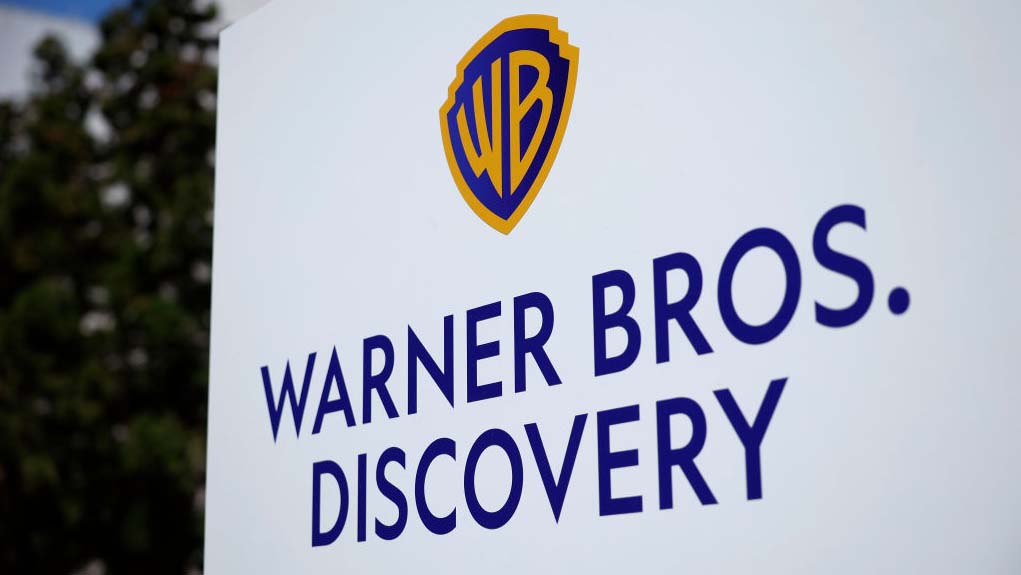As Engineers for the Integrity of Broadcast Auxiliary Services Spectrum (EIBASS) point out in comments filed with the FCC last week, nothing has changed in the 108 days since EIBASS filed its Petition for Rulemaking regarding the need to revise the allowable center frequencies for Part 74 Subpart D remote pickup (RPU) stations, allow RPU stations to use digital modulation, and allow the "watermark" method of station identification defined in the ATSC A/82 DRL standard.
As described in my article SBE Seeks Rules Change to Remote Pickup Radios last year, broadcasters are having problems finding radios to replace existing Part 74 remote pickup radios used for coordinating news operations, live audio feeds, and IFB now that two-way radios used under Part 90 of the FCC Rules have meet narrow-band requirements and typically use digital modulation.
In its filing, EIBASS reiterated the need for updated RPU rules and supported the SBE request for a blanket rule waiver pending modification of the RPU rules.
The Society of Broadcast Engineers (SBE) filed comments pointing out that the conversion of broadcast auxiliary services has already started with the move to more spectrum-efficient digital modulation in the 2 GHz ENG band. The SBE comments state, "There is no reason why other BAS systems cannot make similar conversions, except that current rules for some BAS services, such as those rules regulating RPU systems, do not currently permit the use of narrowband digital voice technologies at VHF and above."
The organization pointed out that the present rules force users to license a greater amount of spectrum than is really necessary.
The SBE Petition seeks similar relief to that requested by EIBASS in its Petition for Rulemaking, although the proposed rule changes and methods proposed for channel utilization are substantially different. In both cases, stations would still be permitted to license and use the wider analog bandwidths currently authorized under Part 74, Subpart D. This may be desirable for when transmitting live audio back to a studio for broadcast.
What remains to be seen is whether SBE and EIBASS will consolidate their Petitions or let the FCC deal with the differences in a Notice of Proposed Rulemaking, something both groups agree is needed quickly.
The professional video industry's #1 source for news, trends and product and tech information. Sign up below.

Doug Lung is one of America's foremost authorities on broadcast RF technology. As vice president of Broadcast Technology for NBCUniversal Local, H. Douglas Lung leads NBC and Telemundo-owned stations’ RF and transmission affairs, including microwave, radars, satellite uplinks, and FCC technical filings. Beginning his career in 1976 at KSCI in Los Angeles, Lung has nearly 50 years of experience in broadcast television engineering. Beginning in 1985, he led the engineering department for what was to become the Telemundo network and station group, assisting in the design, construction and installation of the company’s broadcast and cable facilities. Other projects include work on the launch of Hawaii’s first UHF TV station, the rollout and testing of the ATSC mobile-handheld standard, and software development related to the incentive auction TV spectrum repack. A longtime columnist for TV Technology, Doug is also a regular contributor to IEEE Broadcast Technology. He is the recipient of the 2023 NAB Television Engineering Award. He also received a Tech Leadership Award from TV Tech publisher Future plc in 2021 and is a member of the IEEE Broadcast Technology Society and the Society of Broadcast Engineers.
